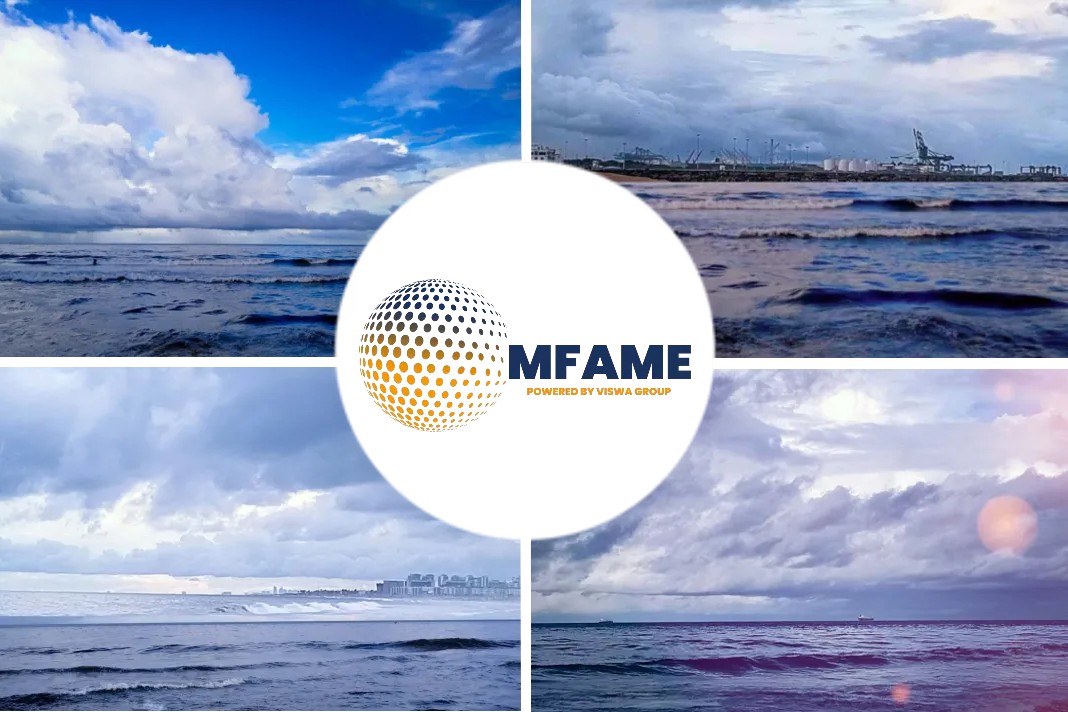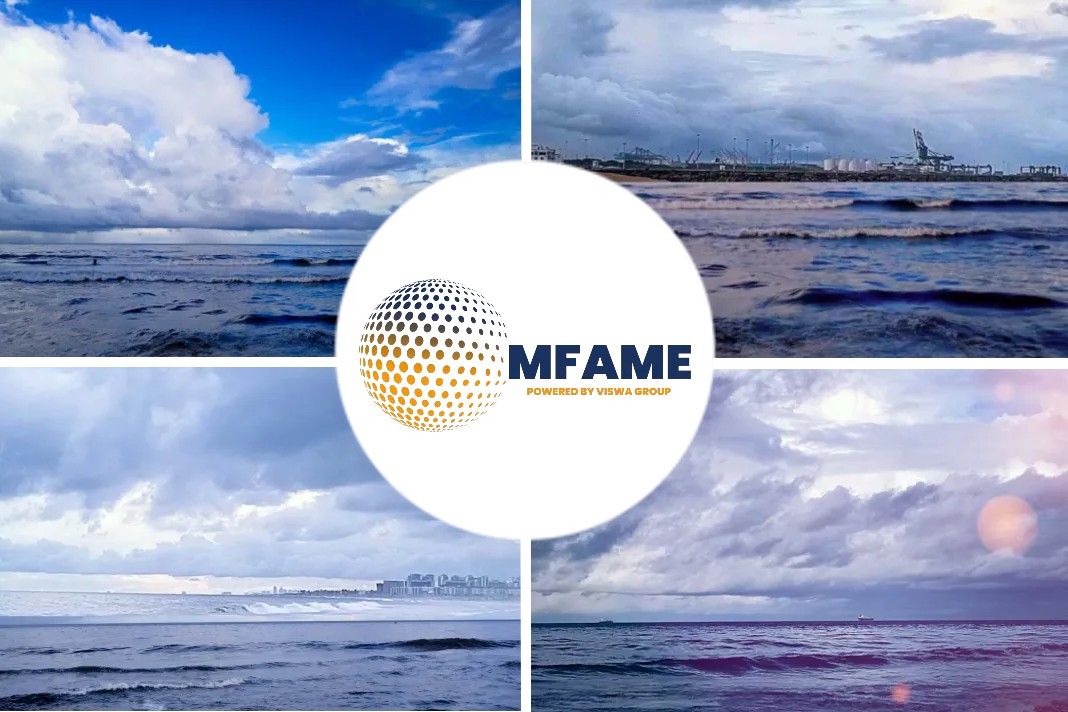- Steady rise of floating LNG carriers with over 25 LNG ships in the week starting July 12.
- Traders and portfolio participants take advantage of widening LNG contango market structure.
- The September-October JKM Derivatives contango structure was assessed at 62.5 cents/MMBtu on July 14 with spot charter rates around $30,000/d.
- Contracted LNG volumes sellers provided operational flexibility to their term buyers grappling with high inventories.
- End-users in Japan, South Korea and China experienced high inventory levels in June.
- The August-September spread between physical LNG and LNG derivatives averaged 40 cents/MMBtu and the August-October spread averaged 88.7 cents/MMBtu.
Traders are boosted by record low spot LNG prices and a steep contango, to monetize the market structure by floating their ships into the forward delivery months, reports Platts.
Floating LNG carriers
According to cFlow, Platts trade-flow software, there has been a steady build up of floating LNG carriers at sea since early June, with over 25 LNG ships in the week starting July 12.
Traders and portfolio participants were taking advantage of the market structure to conduct carry trades, by chartering ships at current low prices and hedging their exposure by selling forward JKM Derivatives.
JKM Derivatives contango structure
The September-October JKM Derivatives contango structure was assessed at 62.5 cents/MMBtu on July 14. With spot charter rates close to $30,000/d, the cost for floating a cargo was estimated at around 30-35 cents/MMBtu.
According to a Singapore-based trader, “There is going to be a big storage play going into winter this year with the current contango prices. If you can charter ships at low enough prices, then why not even float the cargo one or two months ahead to monetize the contango.”
Floating LNG ships
Several ships were seen slow steaming, to optimize fuel consumption or delivery schedules, or homeless, which means they did not have a fixed destination.
Tokyo Gas’ Energy Liberty
- Tokyo Gas’ 88,676 dwt ship Energy Liberty loaded at the Cove Point LNG terminal in the US on June 23.
- Initially signaled for discharge at the Sines LNG terminal in Portugal, with an ETA of June 28.
- But on July 1, the ship changed its destination to Gate in Rotterdam with an ETA of July 27.
- Stopped short in its tracks on July 3 in the middle of the Atlantic Ocean, and has been slow steaming since then.
BP’s British Contributor
- BP’s 94,558 dwt ship British Contributor was floating outside South Korea near the Gwangyang terminal for 3 weeks after having been loaded from Freeport in late April.
- The ship was then diverted to CNOOC’s Tianjin LNG terminal in China, where it discharged its cargo on June 25, ship tracking data showed.
A trader with a European utility said, “British Contributor was probably a contango play by BP, it doesn’t make sense for them to float the cargo for so long to divert to another destination.”
Reason for increase in floating storage
Market sources attributed the increase in floating storage not only to contango plays but also to higher inventory levels at north Asian regasification terminals, with China, Japan and South Korea facing weak demand due to the pandemic along with an influx of cheap spot LNG cargoes.
High inventories, deferrals
- End-users in Japan, South Korea and China experienced high inventory levels in June.
- Most buyers were absent from the spot market during the month due to lack of a clear outlook on downstream demand despite a warmer-than-usual summer in north Asia.
Floated beyond date of delivery
Sellers of contracted LNG volumes provided operational flexibility to their term buyers grappling with high inventories. Benefits:
- This allowed the cargoes to be floated beyond the designated date of delivery.
- End-users can receive them when inventories sufficiently draw down.
Swapping LNG cargoes
- Japanese buyers were swapping LNG cargoes as demand fluctuated, and
- South Korea’s Kogas was heard requesting other terminal users to delay or cancel their term cargoes, limiting available slots at the terminals for spot purchases.
These short-term deferrals also gave sellers a price advantage.
Physical LNG and LNG derivatives spread
- The August-September spread between physical LNG and LNG derivatives averaged 40 cents/MMBtu from June 16 to July 15.
- The August-October spread averaged 88.7 cents/MMBtu.
A Singapore-based trader said, “We are seeing more end-August deals transacted at levels closer to September derivatives as sellers would rather float their H2 August cargoes into September or offer end-August deliveries at September levels.”
Did you subscribe to our daily newsletter?
It’s Free! Click here to Subscribe!
Source: Platts























